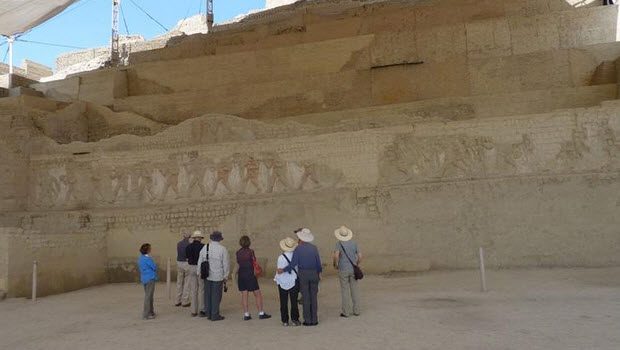
Blood, Sand and Sacrifice; Moche Archaeological Journey:
Climate Change History
For nearly 500 years, the Moche culture dominated more than 300 miles of Peru’s northern coast, extending inland from the Pacific Ocean to the high western slopes of the Andes.
A rigidly stratified society ruled by a caste of warrior-priests, the Moche used a complex system of irrigation canals to cultivate vast yields of sweet potatoes, corn, lima beans, peanuts, quinoa and squash.

The Moche were among the most accomplished ceramic workers of the world, leaving behind meticulous, highly realistic fired-clay artifacts, documenting their culture, population, religion, architecture and agriculture, their wars, ceremonies and burials, their medicine, arts and sexuality.
The Moche also stood out among ancient Peruvian societies for their practice of publicly celebrating ritual battle and a ceremony of blood sacrifice of the vanquished.
Blood was the main currency of Moche political and ideological belief. It was the highest symbol of regeneration and integration between the people and their gods.

The ritual sequence of the armed encounters were graphically narrated by Moche artists, who inscribed the powerful images upon ceramics and modeled clay, to instruct the masses and reveal to them the sacred codex of the warrior disciple. The prevailing scientific theory holds that the frightful scenes depicted in Moche art are faithful representations of actual behavior, and possibly even records of specific events.
Archaeologists believe the tombs of the Moche lords and high priests excavated in the last quarter century correspond directly to the religious characters depicted in their exquisite pottery and in the extensive mural reliefs on the walls of their temples.
Controlling a dozen fertile river valleys from about 100 AD, Moche society maintained this religious ideology, but things began to fall apart around 600 AD when they were hit by a string of catastrophic climate events: El Niño-driven floods and gigantic mudslides followed by intense droughts. The people lost faith in their rulers, and by 850 AD, their civilization was gone, dead and buried, and eventually replaced by a new empire, the Chimú.
Fertur Peru has put together a four-day journey, designed to tell the world’s most dramatic story of climate change in the ancient world.
Moche Archaeological Tour: Blood, Sand and Sacrifice


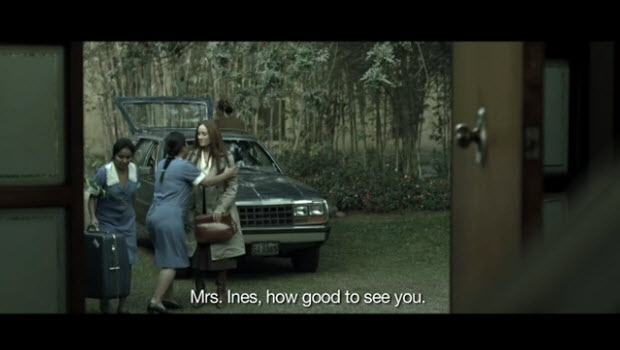 The Bad Intentions to vie for foreign language Oscar
The Bad Intentions to vie for foreign language Oscar  Soy Andina: Peruvian Dance & Identity
Soy Andina: Peruvian Dance & Identity 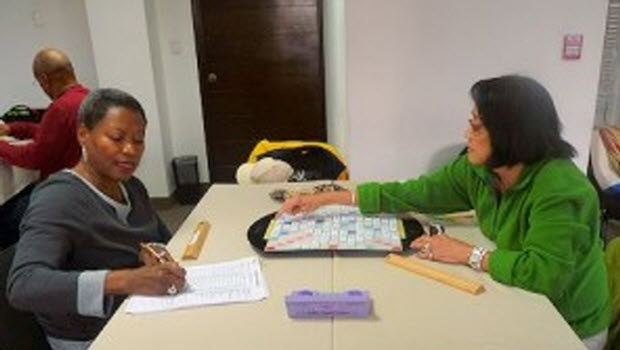 Peru Tour and Scrabble® Tournament 2013 kicks off
Peru Tour and Scrabble® Tournament 2013 kicks off 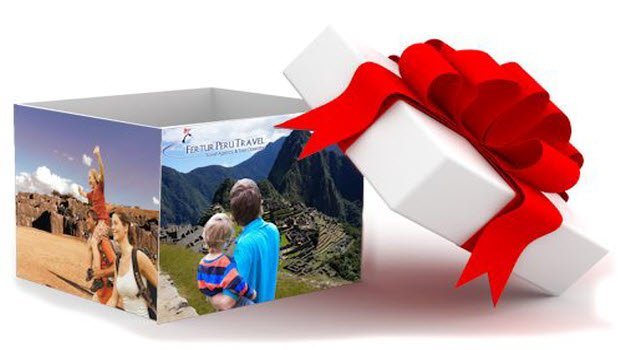 Cusco & Lake Titicaca Christmas family vacation
Cusco & Lake Titicaca Christmas family vacation 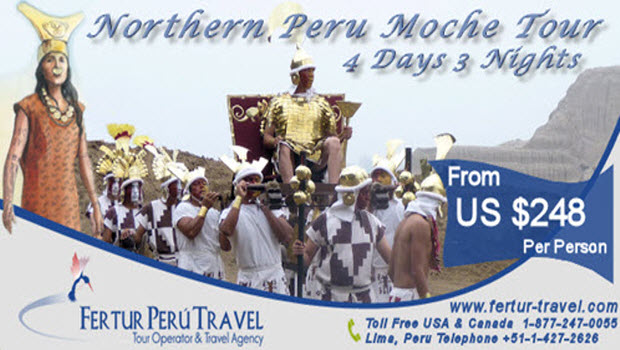 Northern Peru Archaeology Tour Special 4 Days 3 Nights
Northern Peru Archaeology Tour Special 4 Days 3 Nights 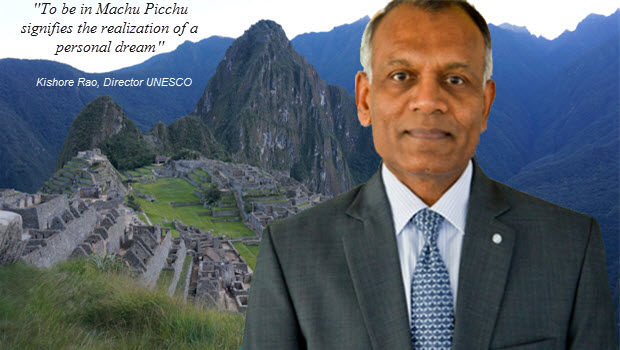 UNESCO chief tours Machu Picchu and lauds the beautiful experience
UNESCO chief tours Machu Picchu and lauds the beautiful experience 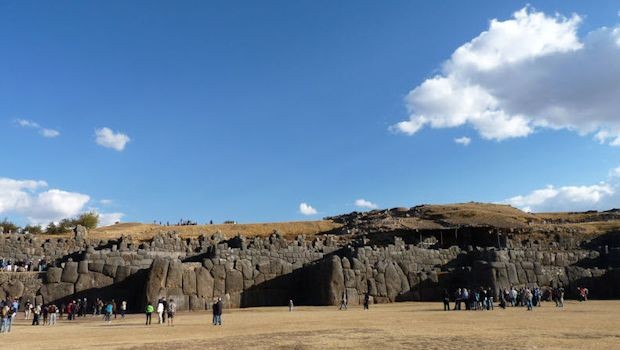 Restoring the Inca ecological balance at Sacsayhuaman
Restoring the Inca ecological balance at Sacsayhuaman 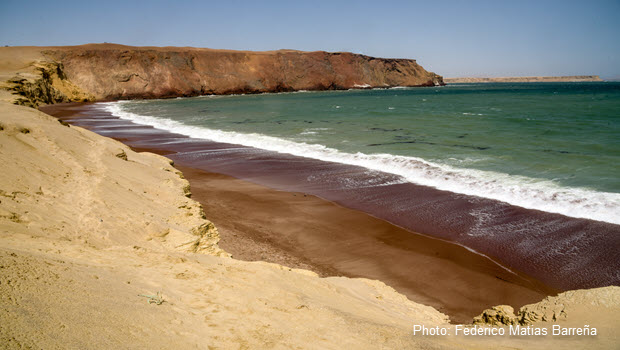 Red Sand Beach in Peru: Review of Playa Roja in Paracas
Red Sand Beach in Peru: Review of Playa Roja in Paracas